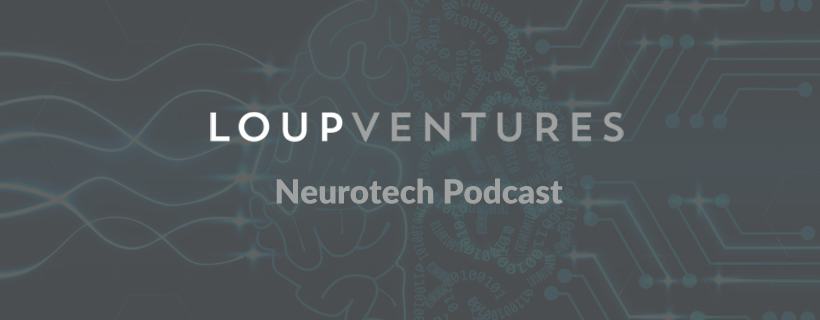Vikash Gilja is an assistant professor at UCSD, where he researchers brain-machine interfaces. Dr. Gilja is an advisor to Paradromics. He holds a Ph.D. in computer science from Stanford University, an M.Eng and B.S. in EECS from MIT, and a B.S. in brain and cognitive sciences from MIT.
Rob Edgington is the head of AI at Paradromics. He holds a Ph.D. in brain-machine interfaces from UCL, and an M.Phys in physics from the University of Oxford.
Konrad Kording is a full professor at the University of Pennsylvania, where he works on data problems in neuroscience. He holds a Ph.D. in physics from ETH Zurich.
Top 3 Takeaways
- Basic neuroscience and neural engineering can and should co-evolve, much the same as physics and electrical engineering.
- More granular understandings from neuroscience help inform machine learning models applied in neurotechnology.
- Speech prostheses are a promising area for modern BMIs.
Show Notes
- [1:10] Rob’s introduction.
- [1:24] Konrad’s introduction.
- [1:35] Vikash’s introduction.
- [1:47] Avery’s introduction.
- [2:05] Neuroscience vs. neurotechnology.
- [2:55] Basic science and causality.
- [3:35] Definition of causality.
- [6:10] Closed-loops require causal models.
- [8:15] Visual system as closing the loop.
- [9:55] Electrical engineering is an analogy to neural engineering.
- [12:20] Modern BMI devices.
- [13:00] More data means more degrees of freedom.
- [15:15] Distributed recordings.
- [19:40] Data processing constraints in BMI.
- [20:00] Ontology refinement.
- [22:35] Timescale of tool development.
- [23:45] Future-proofing a BMI.
- [25:00] On-chip processing.
- [26:00] Evolution of BMIs.
- [27:15] Industry is good for integrating engineering constraints.
- [29:30] Estimating intended speech.
- [30:20] Neurotech for locked-in patients.
- [32:30] Visual communication.
- [34:00] ML vs. DL in neurotech.
- [37:00] Better models are inspired by basic science.
- [38:35] Hiring in neurotechnology.
Selected Links
- Paradromics
- The Neurotechnology Age – Matt Angle, CEO Paradromics
